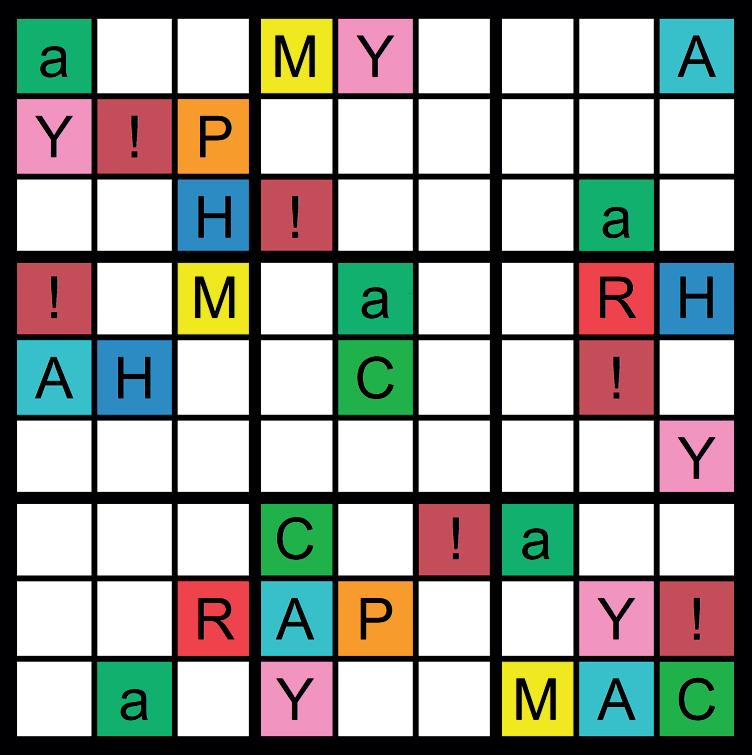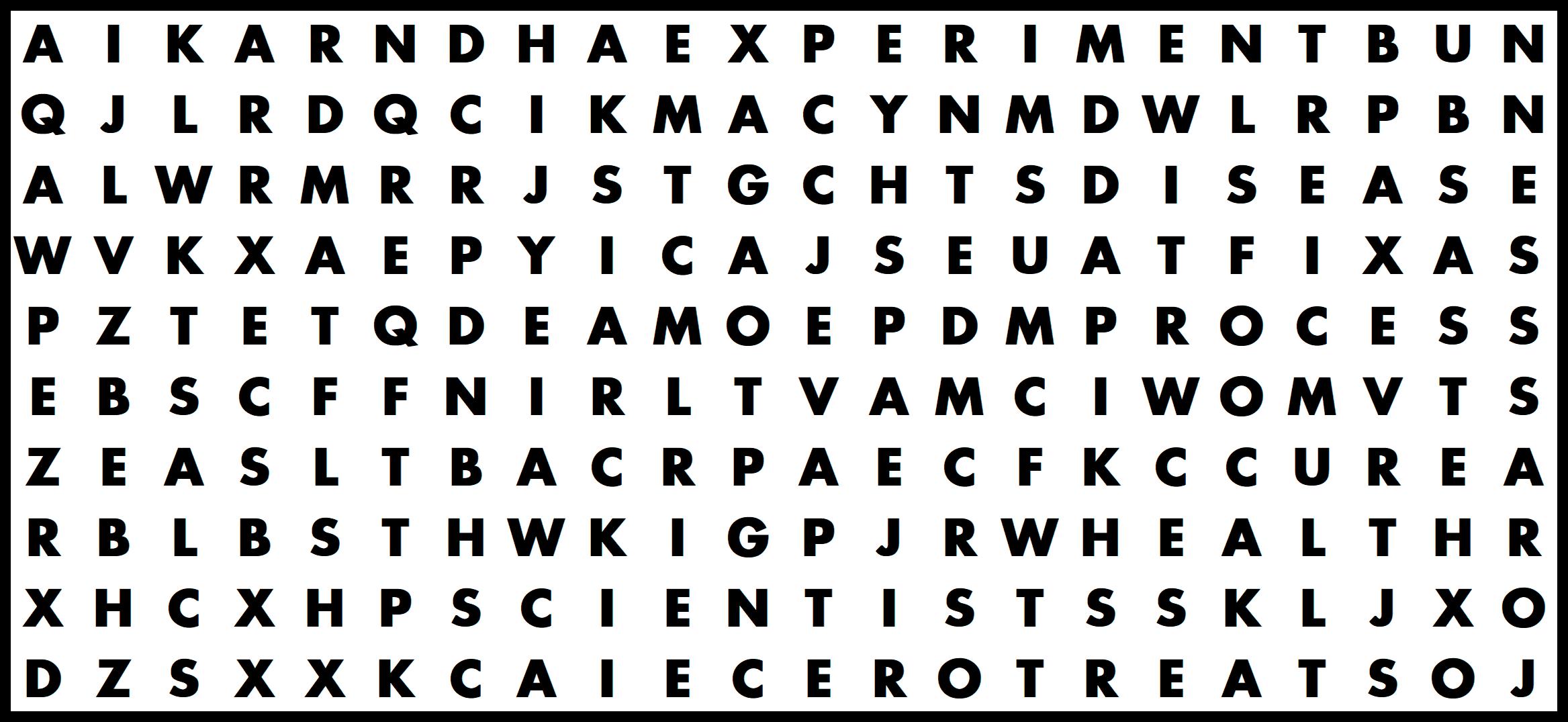MATTERS STEM MATTERS STEM




































Hello, TPPers!
As directors of SSPC, we are here to bid you a very warm welcome to the research centre and hope you enjoy the very first issue of – a sredaer The Primary Planet children’s news mag.
Based in the University of Limerick, SSPC researches the most modern advances in medicine.



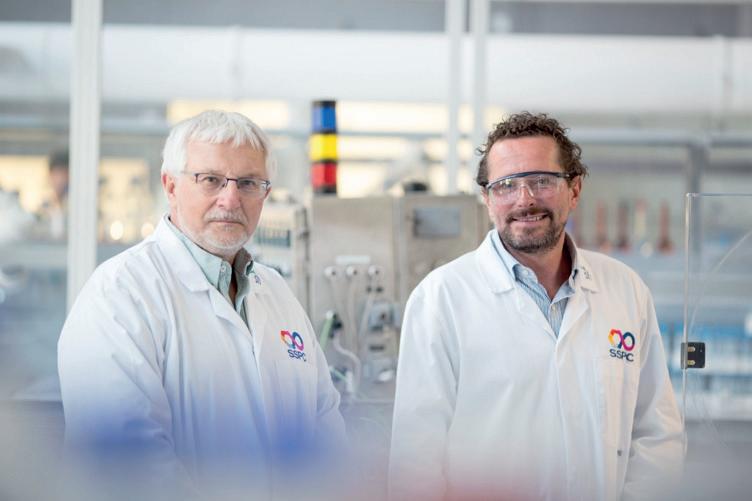



Industry in Ireland. Our job is to make new discoveries and ensure that Ireland remains the best in the world when it comes to medicine and this health. Of course, we don’t do alone. We work with teams of the world.

when it comes to medicine and the science of making it, so you should enjoy
exploring this SSPC Special.
Ireland is one of the top countries in the world when it comes to making medicine.
Industry is all about discovering and making medicine.
Analogue Devices (AD) Building at the University of Limerick. The spots on the building are based on those of a crystal structure, but most people think they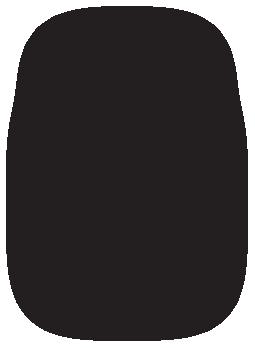









efore we tell you about SSPC and our mission with medicine, let’s first see if you can figure out the following medical dingbats! In each box below, you will see a mixture of pictures and words. All you .ees uoy tahw yas

Each dingbat reveals a famous expression about health.

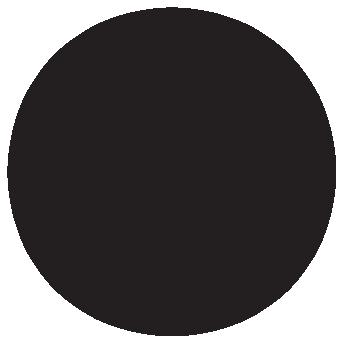


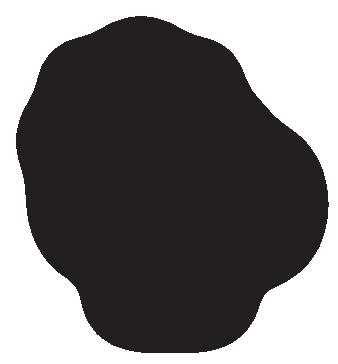

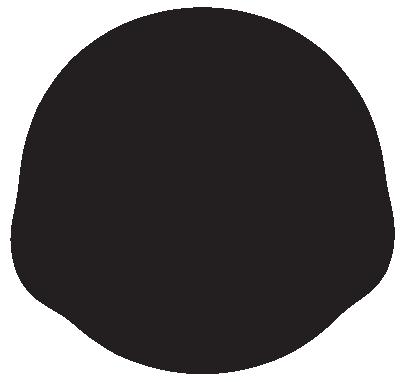

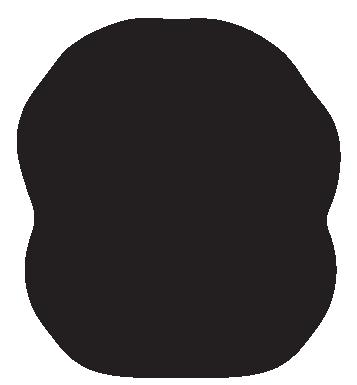







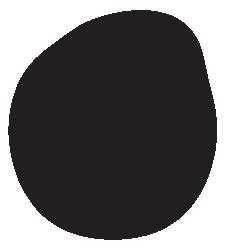













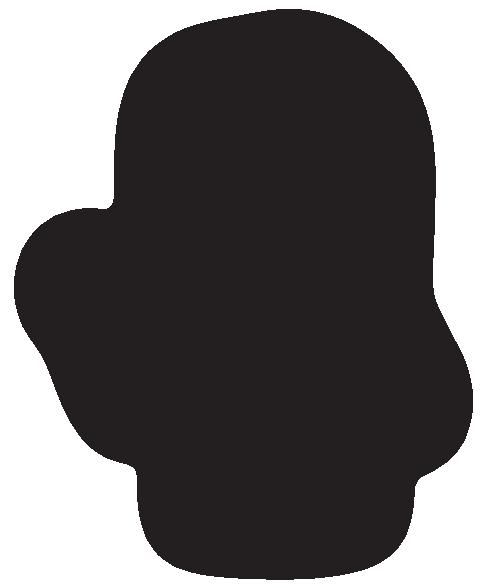
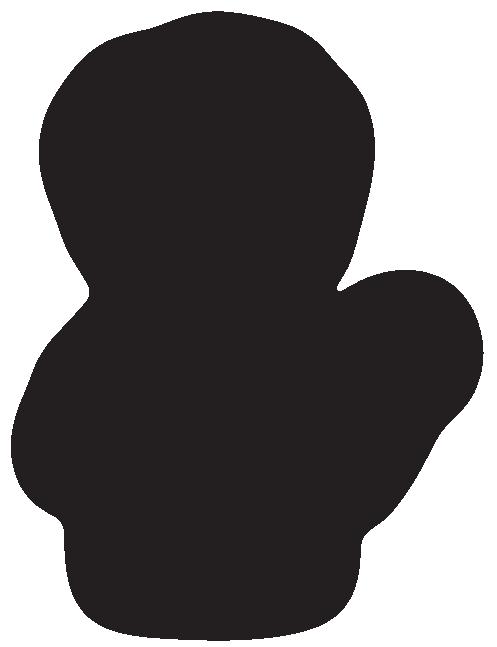
of making and improving medicine.
Believe it or not, it takes around 15 years to create a new medicine and can cost up to €800 million!
Making medicine is very expensive because most work or have really bad side effects. In fact, for
when discovering a new medicine. Let’s take alook!
Bacteria have a e, but did you know that most of these microbes are not harmful and some a even good for you. In fact, less than one per cent of bacteria will cause you to be ill.
als or molecules that come from plants, fungi, bacteria, insects, and other living creatures that contain and produce millions of chemicals that may be able to cure diseases.
Once the chemi
then have to do some exact chemicals present. Like a uses many Some will look at online databases and computers, while others use X-rays!
The n thesis. As you kn , the original chemi tural
want to make or ‘synthesise’ it in the lab. This is important because if we can make it in a lab, then we can make as much as we want without disturbing more plants or animals. This process
have to create numerous chemical
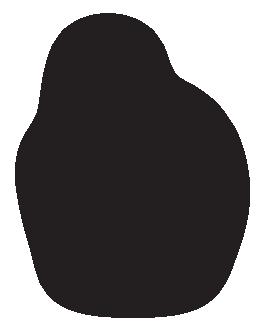


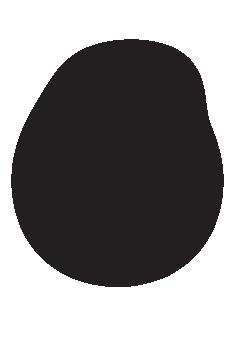
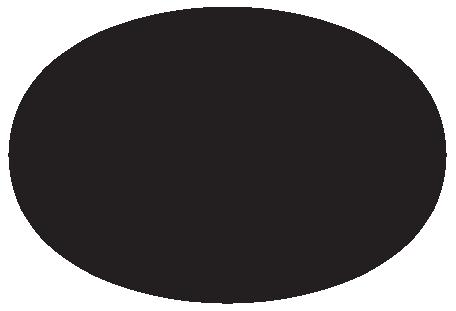

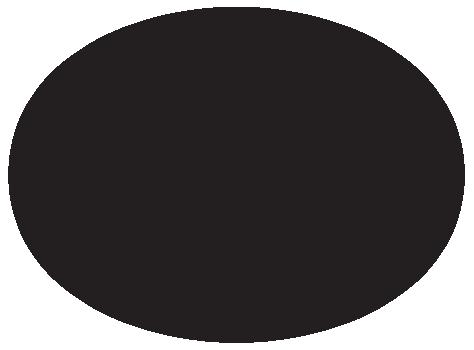
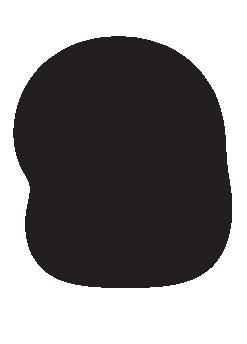

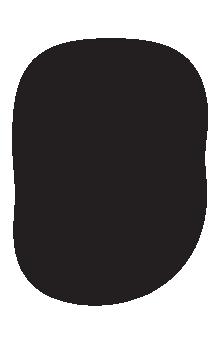













y be of use, they must set insect. They do this by grinding up the natural material in a machine or by hand using a pestle and mortar Liquids are then added to filter out parts of the ground-up mixture. (You experiment in school. If so, this is same thing!)
does and whether it could be useful new chemical on cells, bacteria, or fungi. If the chemical seems promising, it may then be tested on living creatures such as mice or zebrafish!
Other y can imp e the chemical to make it more
For example, you might have a chemical that kills all cells. However, a chemist may work on the chemical so that it only kills the bad cells. This is the case in many forms of cancer treatment, where the cells containing cancer are targeted, while the healthy cells are unharmed.
Hi, my name is Ketan Madane, and I am a researcher I work at the University of Limerick in the Department of Chemical Sciences. I am originally from India.

My role in the SSPC is to produce crystals (like sugar or salt) of various chemicals. I am a

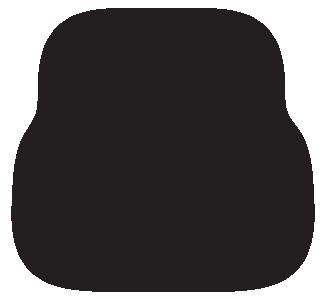





means I design and develop chemical reactors of different shapes and sizes to get crystals of the required forms and sizes. I
chemical reactors' latest designs by carrying out experiments with them in the lab and studying their
do most of my designing and hands-on in the lab when
Even though I work at the University of Limerick, I live in the city centre with my friends. When I am not at work, I love trekking and travelling. My hobbies include reading books, playing chess and banging drums.
w?





treated with penicillin (an
range of bacteria) died because the supply of the medicine ran out!


Some medicine is made to taste awful so young children won’t ingest it. Believe it or not, Nintendo flavours their Switch cartridges with a very This is in case a child tries to eat the small cartridge!
DO NOT TRY THIS AT HOME!
However, the last step with medicine is someone taking it and you need to take care here too! Medicine can be taken in the form of a tablet, a capsule, injections, drops, creams, mists (inhalers) or patches. To make sure you know how to take a medicine correctly, there are rules around how medicine is labelled and the

and not knowing how many to take or if there are any side effects. If you took too much medicine, you could end up poisoning yourself! This is why you need to follow the doctor’s orders!
medicine label should be easy to read and understand. It should also be printed on a computer and not
people have terrible are not sure about a medicine, you should talk to an expert like a doctor or pharmacist.
Hi, my name is Jessica Whelan and I am a chemical and bioprocess engineer. I am originally from Arklow in Co. Wicklow.


I work in University College Dublin as a lecturer and researcher. I work on how best to make lots of the things you use every day –like medicines, cleaning products, make-up, food etc. A chemical engineer figures out how to make really big amounts of things! Imagine trying to make enough slime for all the kids in your school in one go. You would need a really big bowl and very strong arms to mix it! Solving these problems and puzzles is my favourite thing about my job.
When not working, I love rock climbing and playing on the beach
et’s think about what happens when we swallow a pill or tablet. Where does it go and what happens? Well, your body breaks down tablets in the same way its breaks down food. This process is called
then passed to organs like your liver and then into your bloodstream.
When a tablet is broken down into smaller pieces, this is called dissolving. The best example of something dissolving is when you see someone put sugar into a cup of tea. The sugar


too small for you to see!



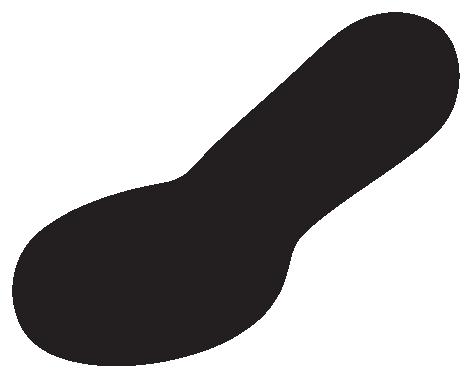
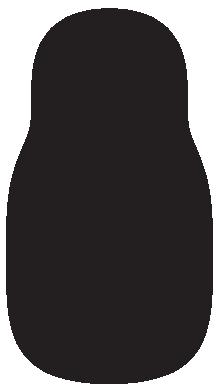
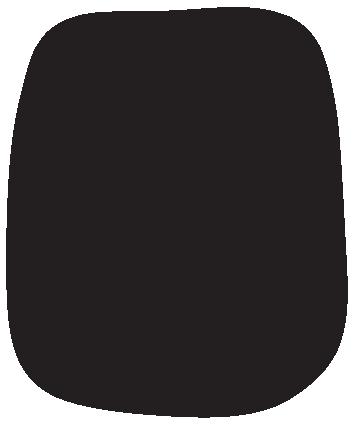
Today, let's test out how long it takes for something to dissolve and what might make things dissolve faster and slower.
halfway. Cup 1 should have water. Cup 2 should have water and a straw. Cup 3 should have warm water. Cup 4 should have vinegar.
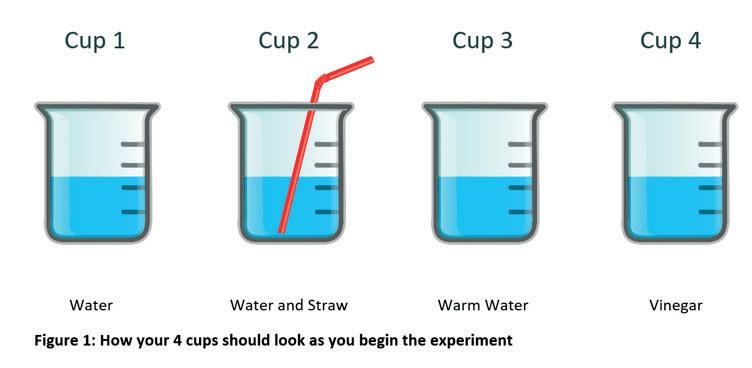
Take a spoonful of sugar and sprinkle it into Cup 1 (with the water). What do you see? Did any of the sugar disappear or dissolve? Is there
Take a spoonful of sugar and sprinkle it into Cup 2 (with the straw).
Hi, my name is Niall O'Reilly and I Technology. My job is managing a a medicine that you take when you are sick. I used to work in the lab developing new medicines, but now I manage a team of is great because I see the results from lots of different projects, but
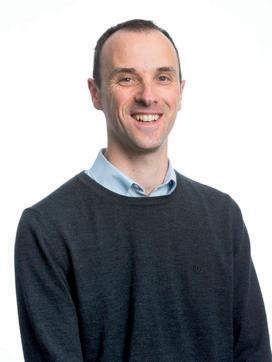

and doing the experiments myself.

I’m originally from Killeshandra, Co. Cavan, but I have been living in Portlaw, Co. Waterford, for the last 11 years. Outside of work, I like to be outdoors and I volunteer as a scout leader in Portlaw. I also try to play the guitar but I
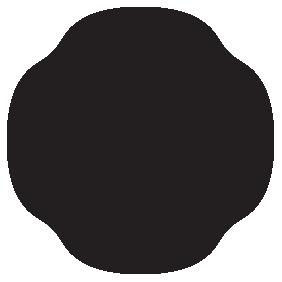



Take a spoonful of sugar and sprinkle it into Cup 3 (with the warm water). Watch closely. Is this any different from the previous cups? Record your results and

Take a spoonful of sugar and sprinkle it into Cup 4 (with the vinegar). Record your results and write
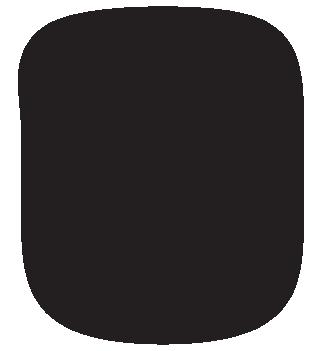

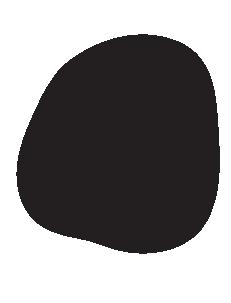

In the US, in 1882, an army doctor, William Beaumont, treated a 19-year-old fur trapper who had been shot accidentally in the stomach. The doctor thought this was an ideal opportunity to experiment. The
so that he could place pieces of food into out to examine them. Before this, no-one knew exactly how
inside the stomach, while others thought the stomach used muscles to crush the food!


There are three things that speed up dissolve.
The first is movement (just like when you
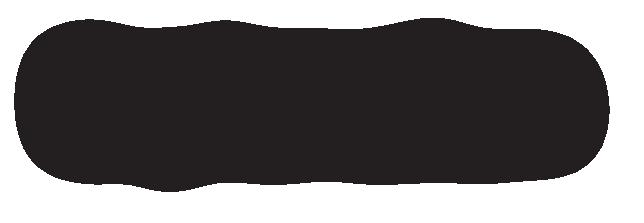

grumbling as it mixes your food. This helps things to dissolve quicker!
The second thing is that your stomach is warm! The inside of your body is around 37 degrees Celsius. Higher temperatures


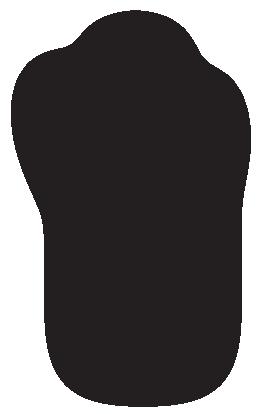



This is why trees grow more during the summer than they do during the winter!
Finally, rank the cups in order of the one you think worked best to dissolve the sugar.
Finally, your stomach is filled with hydrochloric acid (HCL). Chemicals (like sugar) dissolve more quickly in acid (like the vinegar).

should sprinkle a spoonful of sugar into warm vinegar
Hi there, my name is Robyn and I am a research chemist in University College Cork. I work in a laboratory and try to discover new things in the world of science. Every day, I put on my white lab coat and molecules that can be used in new medicines. I mix different chemicals together to try to find the perfect formula. Luckily, I who are always happy to help and talk to me.
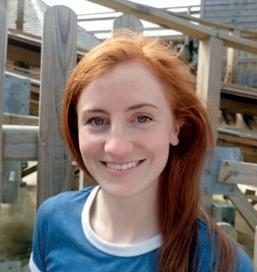
Outside of work, I like to play lots of sports including tag rugby and badminton.



